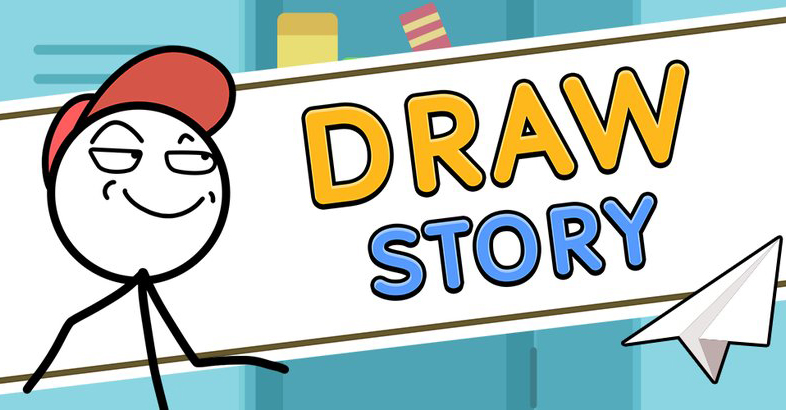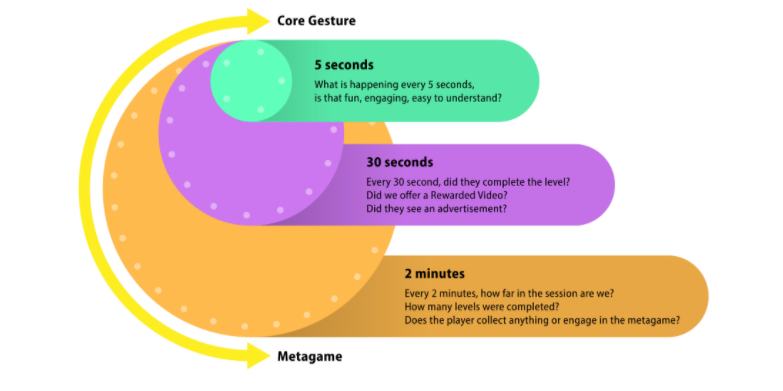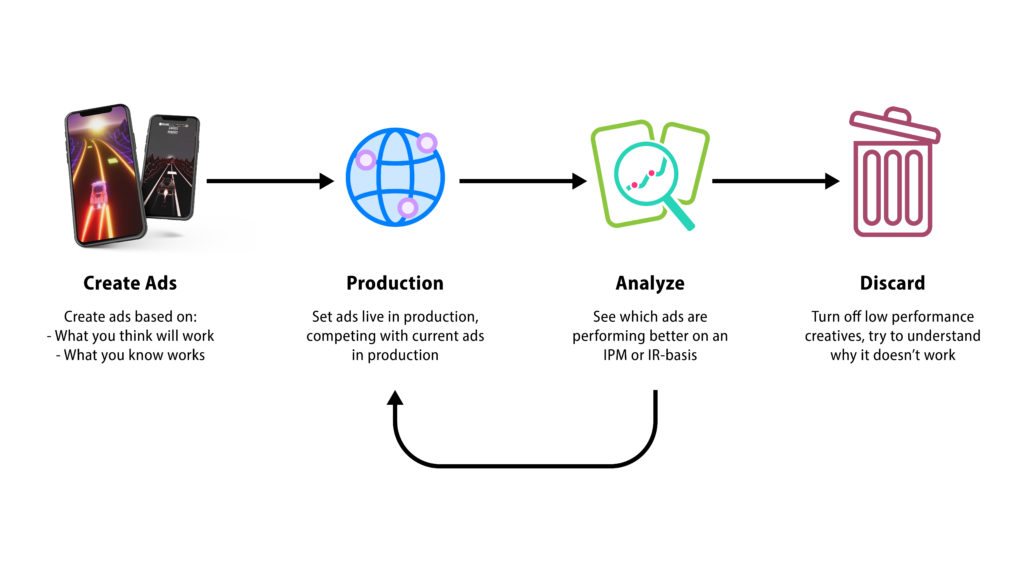Where should I start hyper-casual game design: with core mechanics or meta games? What should be the approach to promoting hyper-casual titles? Christian Calderon, the former chief marketing officer of PlayDots and the current CEO of Gamejam, told about this and not only.
The process of game design
Calderon shared his tips during the Chartboost webinar. During his speech, he mentioned that in Gamejam, developers bring the game to a minimum softlonch in about a month — the concept of “circles on the water” helps them in this. In other words, first you need to think through a small action, and only then move on to bigger actions.
How it works:
- the first step to creating a successful hypercausal is a clear separation of tasks. According to Calderon, this avoids the situation with a “child in a candy store” when the developer wants to try to do one, another, third. But if you take on everything in a row, you can miss many important details;
- therefore, in Gamejam, the entire game design process is divided into time sections: the first five seconds of gameplay, thirty seconds, two minutes, etc.
- in the initial “circle”, developers think over what the gamer does and how he feels in the first five seconds of the game. Is he having fun? Comfortable? Is everything clear?
- the second important stage is 30 seconds from the start of the game. It is important for developers to understand whether the player will pass the level by then? Will the gamer get rewarded for his efforts? Will he meet an advertisement already or not yet?
- by the second minute of gameplay, the developer is already thinking about whether the user continues to play or has already closed the application? How many levels did you manage to pass? Did he like the idea of the game?
- When working on these stages, Calderon recommends focusing first on the core of the game or core mechanics. This carries fewer risks than if you start with a meta title. In this case, developers can say with more confidence that the game not only looks good, but also works well;
- after the softlonch, you can add new content to the game, new levels and add more meta parts, Calderon believes.
As an example, you can look at one of the Gamejam projects — the Draw Story puzzle. At first, the game consisted essentially of a single mechanic related to drawing simple pictures. But this was not enough for high retention. Later, the developers added more plot to the game, which increased the life value (LTV) by 343%.
Calderon also recommends that you do not forget to think through the theme of the game qualitatively even before the start of the game design process. He calls love stories and horror stories especially “strong” themes. But the choice is always up to the developer.
Promotion
According to Calderon, today developers need to be creative not only during the game design of a hyper-casual game, but also during its promotion. He suggests doing four key things to make good money on the title:
- develop an advertising strategy at receptions that may work, and at receptions that will definitely work;
- launch this new ad together with the old ad campaigns;
- see which ad works best;
- delete the failed option and understand why it didn’t work.
Moreover, for each game, Calderon advises doing this cycle several times to determine exactly when and what kind of advertising should be shown to players.



